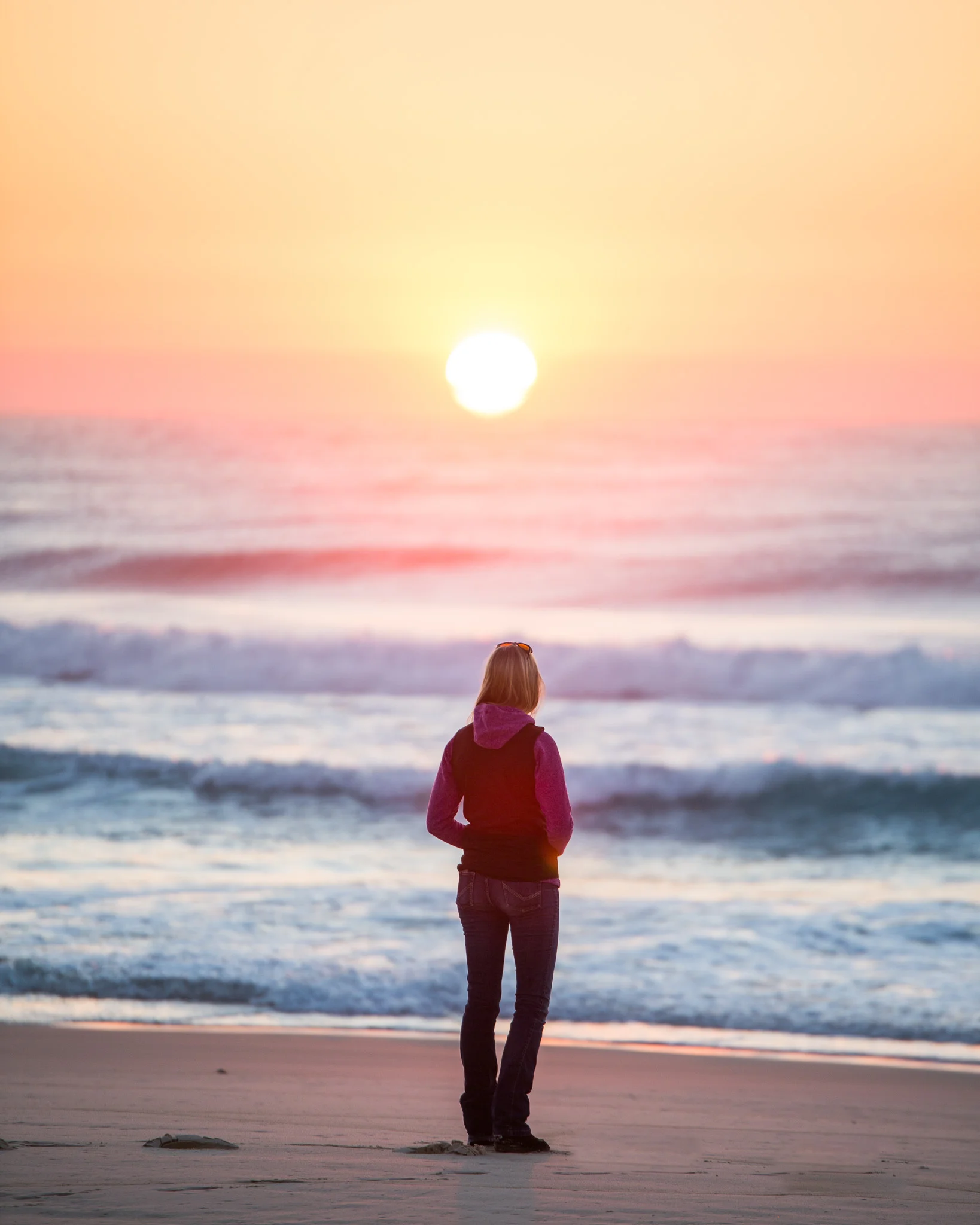This recipe began as a way to use up my leftovers of mild chicken curry and has ended up as a family favourite! This quantity will make you enough for two meals, curry for the family one night and then enough leftovers to make the homemade pies later in the week!
makes curry for 6, plus 6 meal-size pies or 12 mini pies
what you need
2 cups (500ml) chicken stock
50ml extra virgin olive oil
2 onions, diced
1 carrot, diced
2 celery stalks, diced
1 kg chicken thigh or breast, roughly chopped
2 tbsp mild curry powder
1 garlic clove, crushed
1/3 cup (50g) plain flour
400g sweet potato, finely diced
½ cup peas (fresh or frozen)
1 tbsp roughly chopped coriander
steamed basmati or brown rice, to serve
for the pies:
4 1/2 sheets of frozen butter puff
1 tbsp olive oil for greasing pastry cases
¼ cup of milk
1 tbsp sesame or cumin seeds
what to do
to make curry
1. To make the curry, heat the stock in a small saucepan. Heat the oil in a large saucepan, and cook the onion, carrot and celery for 5 minutes. Add the chicken and cook a further 5 minutes, until lightly coloured, stirring occasionally.
2. Add the curry powder and garlic, and cook, stirring, for one minute. Sprinkle the flour over and cook, stirring, for one minute.
3. Add the hot stock a little at a time, stirring until smooth after each addition, until all the stock has been added and a smooth thick sauce has formed.
4. Add the sweet potato, reduce the heat to low and simmer uncovered for 20 minutes, stirring occasionally. Add the peas and cook for a further 10 minutes, then stir in the coriander.
5. Serve half the curry with basmati or brown rice. Cool the remaining curry, and refrigerate until required.
6. To make the pies, preheat the oven to 180 deg C (160 deg C fan forced). Grease six pie dishes or mini springform tins (one cup capacity). Cut the whole pastry sheets into quarters, and half pastry sheet into half. Use 6 of the pieces to line the bases of the tins. Cut 6 of the pieces each into 3 strips, and use to line the sides of the tins, pressing gently to seal the joins to each other and to the base. Refrigerate remaining quarters until needed.
7. To ‘bake blind’ the pastry cases, place the crumpled pieces of non-stick baking paper over the pastry in the tins, and fill with dried rice or beans. This will stop the pastry rising as it cooks. Bake for 10 minutes, then remove the paper and rice and bake a further 10 minutes.
8. Increase oven to 200 deg C (180 deg fan forced). Fill the pastry cases with curry. Top with the remaining pastry quarters, press to seal, folding over any excess pastry. Brush with milk. Bake for 30 minutes, until the pastry is golden brown and the filling is heated through. Stand in the tins for 10 minutes, then run a knife around the pies to loosen before releasing the sides.
Note: The pastry is easiest to work with if still quite cold when thawed. Keep in the fridge until needed, so it doesn’t become too soft.
Variation: You could make smaller pies in muffin tins. You will only need 3 sheets of pastry. Grease trim and line each one with ¼ of a pastry sheet for each. Fill with curry and fold the overhanging pastry over to enclose the filling. Brush with milk and bake for 15 minutes.
GF option: Use gluten-free pastry. Substitute rice flour for the plain flour.
© Jane Grover - NAKED FOOD - the way food was meant to be
























